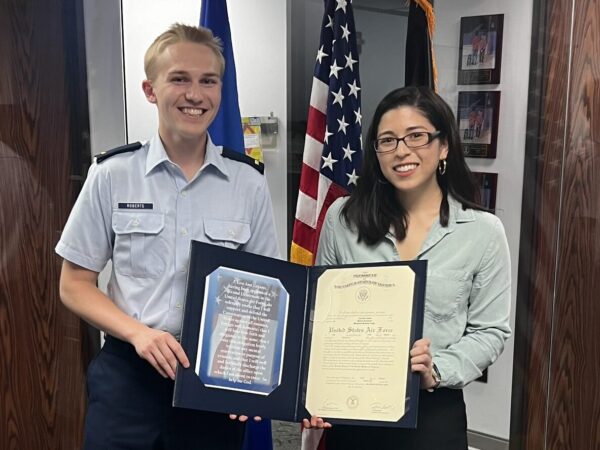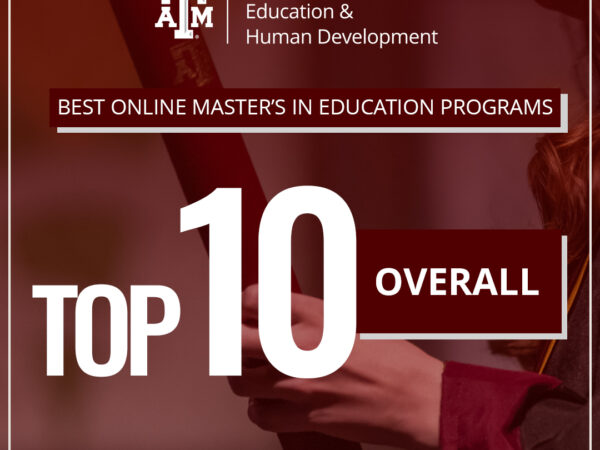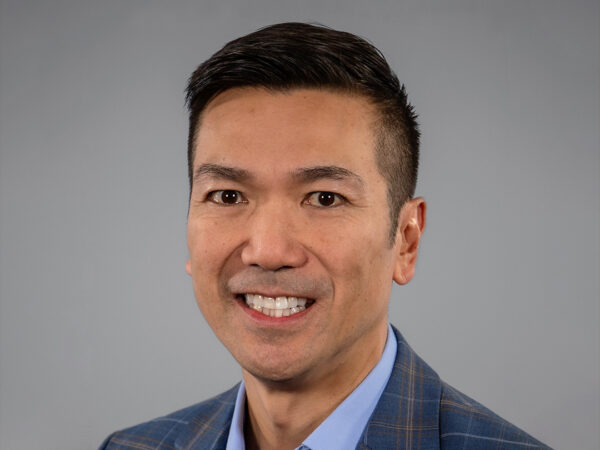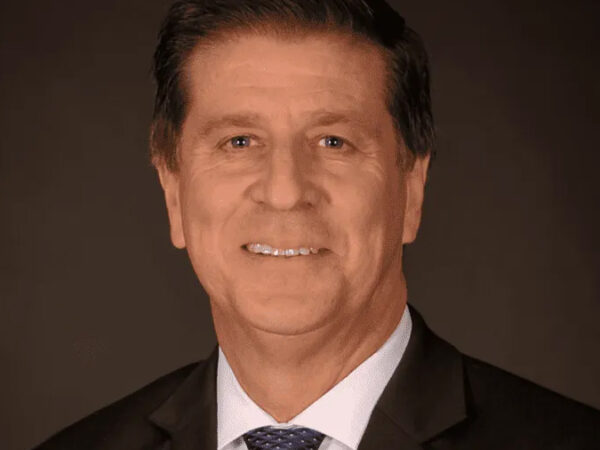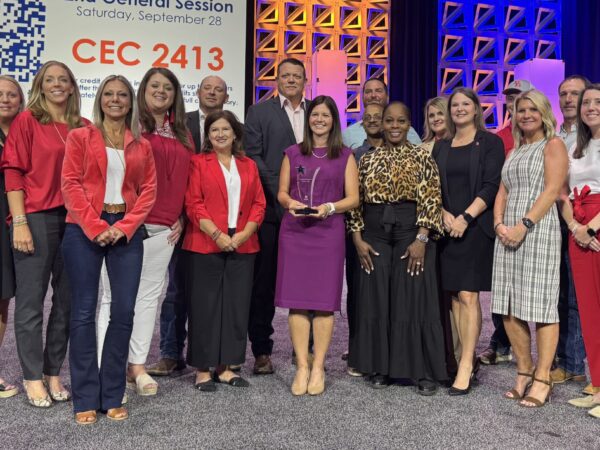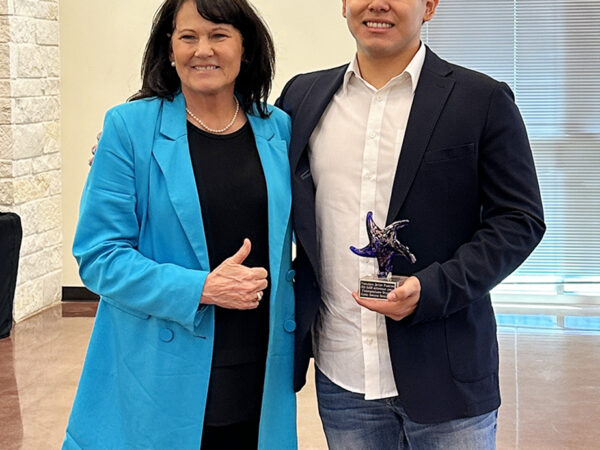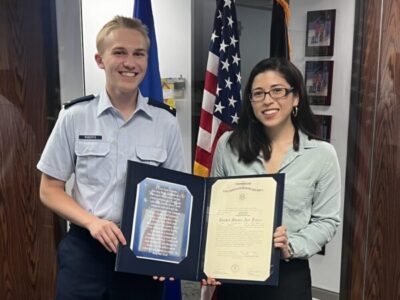How improving emergency management for IDD community will help all
The impact of natural disasters is difficult for anyone to handle – but for people with Intellectual and Developmental Disabilities (IDD), disaster strikes differently.
Recent research by Dr. Laura Stough, an IDD scholar in the Department of Education Psychology at Texas A&M University, points out the flaws of crisis management for the IDD community and shows where there is room to improve.
Stough has first hand experience handling natural disasters. She served as a U.S. Peace Corps volunteer during Hurricane Katrina. She saw the lack of equitable access for the IDD community during her service and realized changes needed to be made.
“I started questioning, what’s happening with people with IDD during this disaster? Why have I never thought about emergency preparedness as an important social support for people with IDD?” Stough says.
Stough now conducts research at the intersection of disaster and disability and serves as assistant director of the Center on Disability and Development as well as faculty Fellow at the Hazard Reduction and Recovery Center at Texas A&M University.
The root of the issue
Stough’s recent research examines the psychological, educational and social effects of disaster on children and youth with IDDs during the 2017 California wildfires. She found a lack of inclusion of the IDD community in emergency management. This marginalization is in part due to social stigmas which have been in existence for thousands of years.
“We have a big hurdle in the IDD field given the pervasive stigma that people with IDDs continue to experience,” Stough says. “With respect to disasters, and with respect to the current pandemic, this stigma can mean the difference between life and death.”
She says the IDD community often struggles during natural disasters due to lack of knowledge and barriers to access in our society. Her research argues there is a paramount need to incorporate the IDD community into issues of disaster and emergency practice.
“People with IDDs are marginalized in many areas: education, employment, transportation, and my research has revealed this also holds true for disasters and hazards like COVID-19,” Stough says.
It is estimated around 80% of individuals with IDDs live within the community. Stough aims to support this community during times of natural disaster because they are disproportionately at risk of experiencing health conditions, injury and property loss.
How to bridge the gap
Stough explains more research and development would help identify the best emergency management practices for individuals with IDDs during times of disaster.
“If we can focus on how to make our infrastructure more durable and remove barriers to access to disaster services for people with IDDs, these actions will also support similar problem solving you have to do for other populations,” Stough says.
Stough explains there is also a need to better understand how the global pandemic disproportionately affects the IDD community.
“Research suggests that people with developmental disabilities are 2 to 5 times more likely to die from COVID-19,” Stough says. “We need disaggregation of public health and emergency preparedness data so we can look at the specific impacts on people with IDDs due to COVID-19.”
The next step
In addition to doing more research, Stough explains it is important to have resources available to the IDD community during times of emergency or disaster.
The REDDy Directory and the Directory of Community Resources are resources Stough created to pave the way for locating community resources for people with disabilities during times of crisis.
“These are translational projects where we consider the research we have of how difficult it is for people with IDDs to get resources during and after disasters, and we’ve translated it into applications that can address that difficulty,” Stough says.
Stough says that research on experiences of the disability community with emergency preparedness, response, recovery, and mitigation can help close the gap of inequities of communities affected during environmental disasters.
About the Writer
Emily Knight is a writing assistant for the Marketing and Communications office in the College of Education and Human Development. She is a senior in the Agricultural Communications and Journalism program at Texas A&M.
Articles by EmilyFor media inquiries, contact Justin Elizalde.





